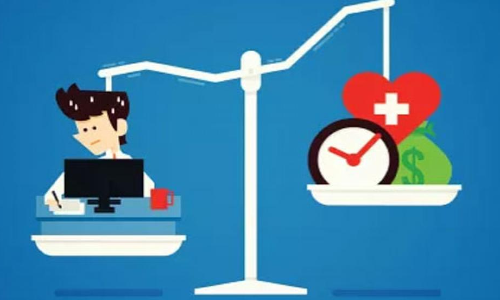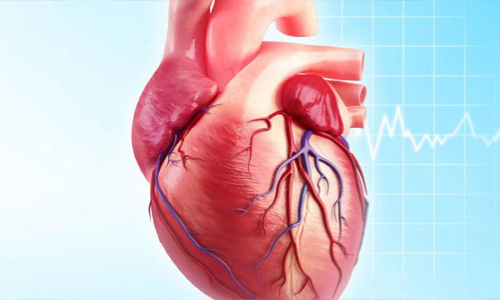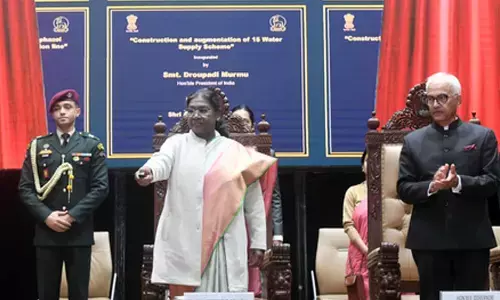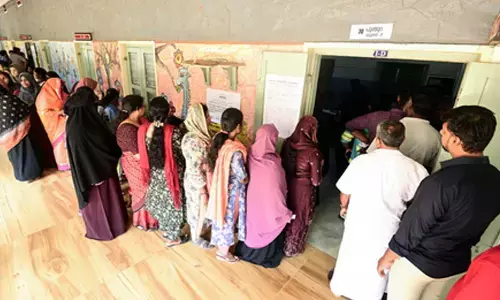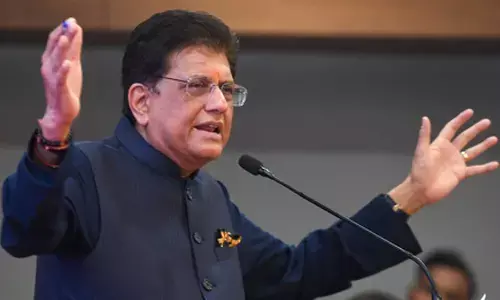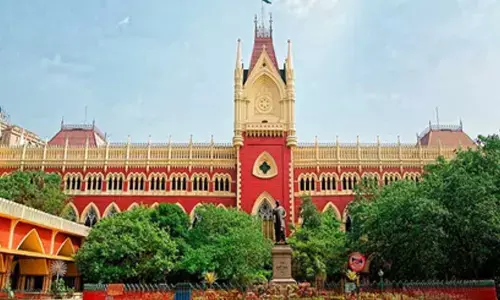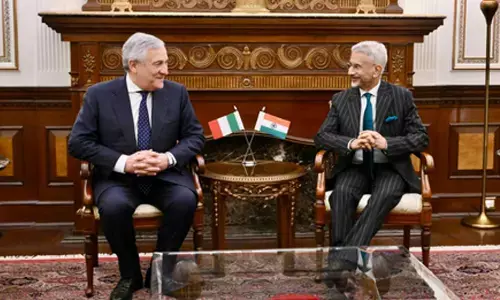Osteoarthritis is the most prevalent form of arthritis
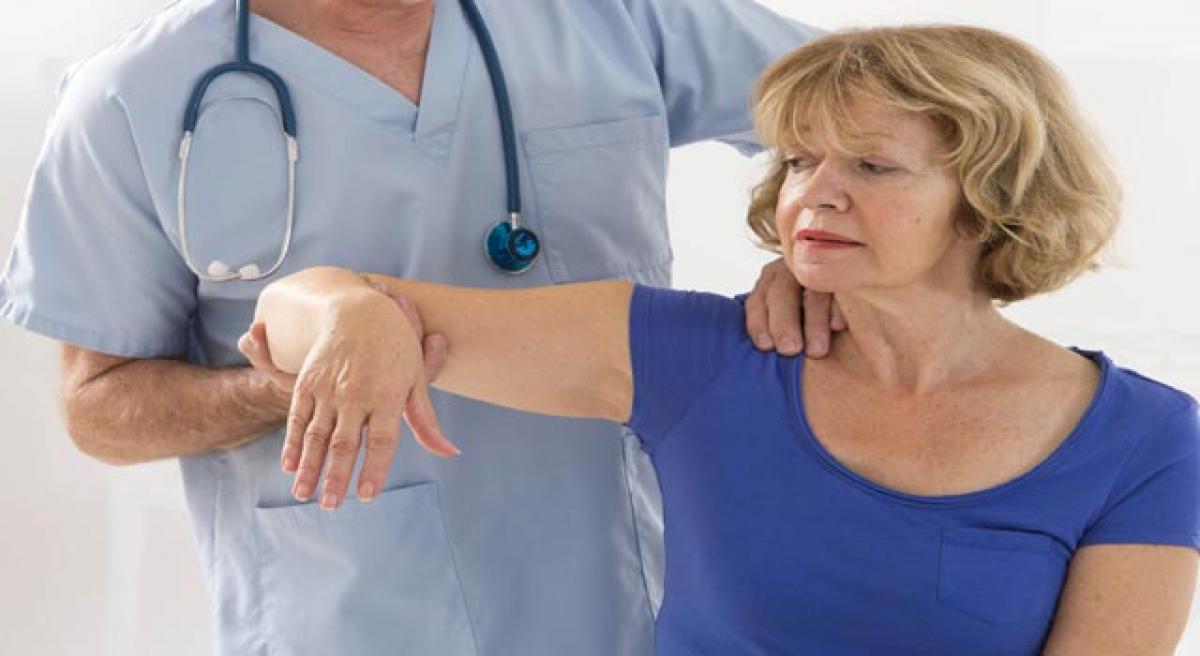
Age -related degeneration of the knee joint causing pain, swelling, discomfort and limitation of movements is Osteoarthiritis. In India,Osteoarthritis is the most prevalent form of arthritis, affecting over 15 million adults every year, with over 60 million cases likely by 2025.
Age -related degeneration of the knee joint causing pain, swelling, discomfort and limitation of movements is Osteoarthiritis. In India,Osteoarthritis is the most prevalent form of arthritis, affecting over 15 million adults every year, with over 60 million cases likely by 2025.
DR SaiLaxman says Disease progression of Osteoarthritisis usually slow but can ultimately lead to joint failure with pain and disability.More than 80% of people suffering from Osteoarthritis report difficulties with daily activities, regardless of the main site of the Osteoarthritis.
There is often confusion between osteoporosis and osteoarthritis. Lack of calcium and vitamin D3 in the bones causing weakening of the bones leading to easy fractures is osteoporosis.
Degeneration in between the bones due to loss of cartilage is osteoarthritis. Because both these conditions occur simultaneously more often in women over 50 years of age, they can be confused
Here are some facts of Osteoarthritis that will help you understand this debilitating disease better:
In the knee joint, there is a layer of smooth cartilage on the lower end of the femur (thighbone), the upper end of the tibia (shinbone) and the undersurface of the kneecap (patella).
This cartilage serves as a cushion and allows for smooth motion of the knee. Arthritis is a wearing away of this smooth cartilage. Eventually it wears down to bone. Rubbing of bone against bone causes pain, swelling and stiffness.
Osteoarthritis pain is unpredictable, so it is difficult for patients to take part in planned activities. Pain can be dull and aching, punctuated by intermittent, more intense episodes. The symptoms of Osteoarthritis usually begin after age 50 and can vary considerably from one person to another.
Factors that increase possibility of osteoarthritis are age, Menopause, obesity, repetitive or overuse of joints Thus, the burden of Osteoarthritis not only includes physical problems of the joints but it also has detrimental psychological effects such as distress, devalued self-worth, and loneliness.
Diagnosis of Osteoarthritis is done by specialist doctors like Orthopaedic Surgeons or Rheumatologists. They assess the gravity of the disease with the help of symptoms (mentioned previously), diagnostic tests, x-rays etc.
There is no specific treatment proven as yet that can reverse the joint damage caused by osteoarthritis. Hence the objectives of Osteoarthritis management are to reduce the level of pain, reduce inflammation, slow cartilage degradation, improve function and reduce disability.
A person suffering from osteoarthritis can follow these approaches to find some relief, Physical means: Managing weight with diet control and regular exercise can provide relief from osteoarthritis pain. Obesity and overweight can cause unnecessary burden on weight bearing joints and hence losing weight is an excellent method to manage osteoarthritis pain.
Alternative methods: Yoga, hot massages, spa treatment, herbal treatments etc are also followed by many patients to find instant relief from osteoarthritis pain. However, the long term efficacy of these methods in providing complete relief is not yet established. Physiotherapy also has its own role in select patients.
Medication: Pain relieving medicines are usually used to provide pain relief. When these do not provide adequate relief, the doctor may give injections in the joint that give pain relief and help reduce swelling. One should not self-medicate with commonly available pain-killers as doctors know best which medicine should be given for the kind of pain each patient is suffering from.
Surgery: When such measures do not help, especially in patients with significant cartilage loss and uncontrolled pain, Knee joint replacement and is the most successful procedure in Modern Orthopaedics. Knee replacement is done to remove pain and restore motion to the joint, which normalises patient’s routine.
There are about 70,000 knee replacements being done in India annually. And the number is only going up every year. A knee replacement (also called knee arthroplasty) might be more accurately termed a knee "resurfacing" because only the surfaces of the bones are actually replaced.
After the surgery patient are made to walk the next day and before discharge the made to get up from bed, go to the bathroom and do their own work. It is very important to contact the doctors for knee pain and get the right treatment from the beginning to enjoy your life by being active and pain-free.






